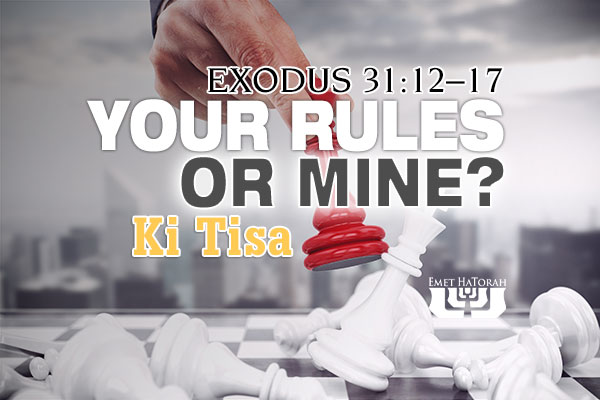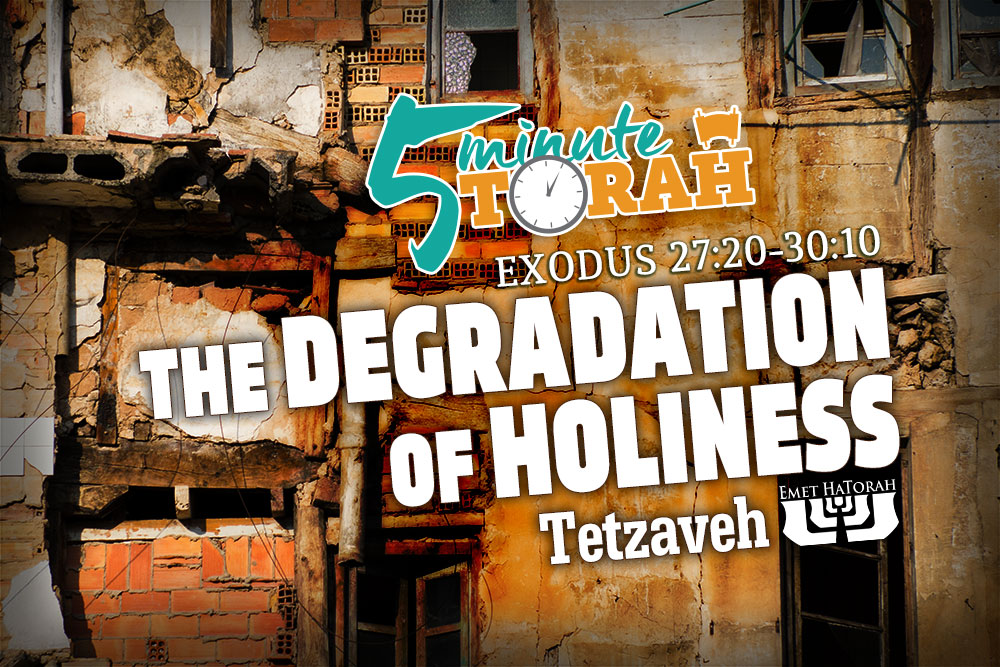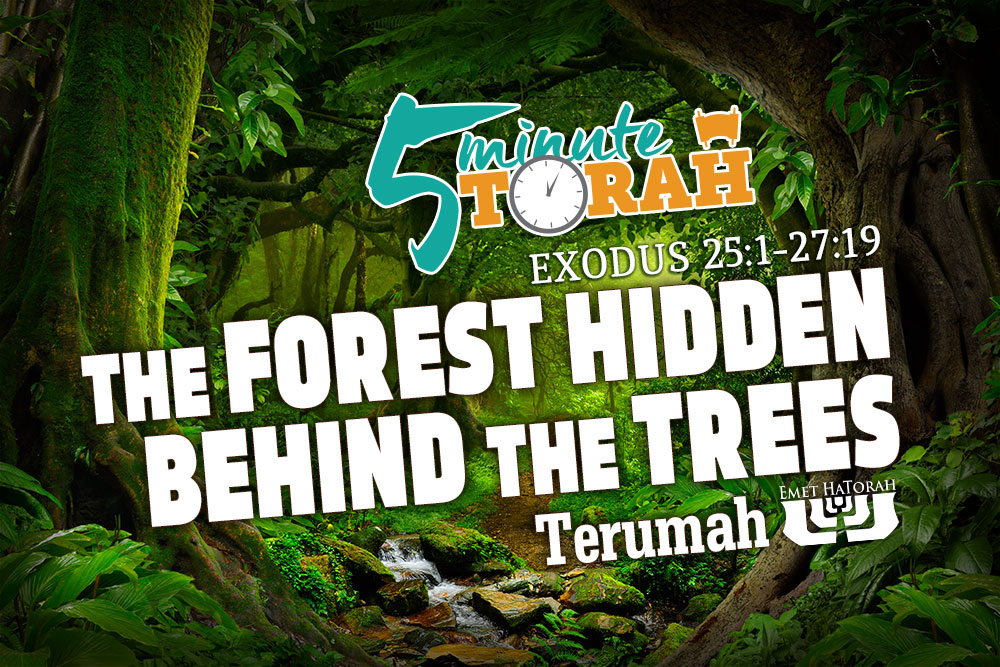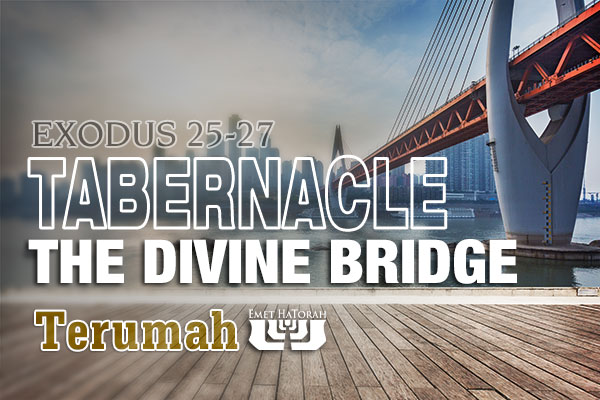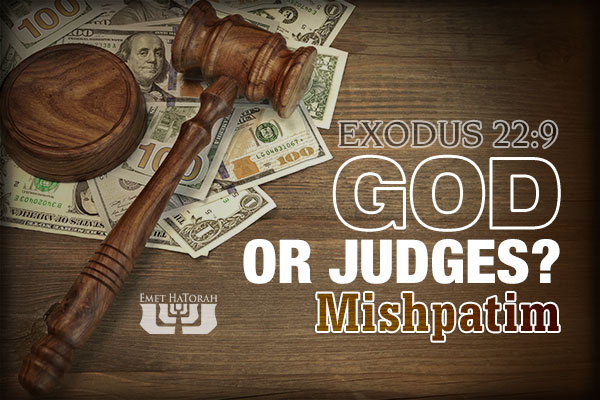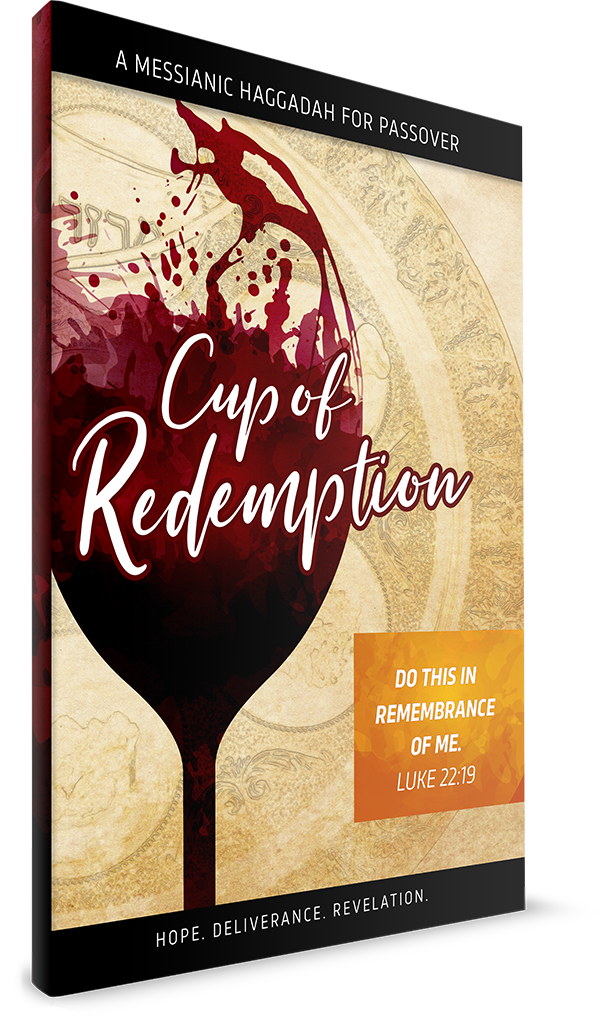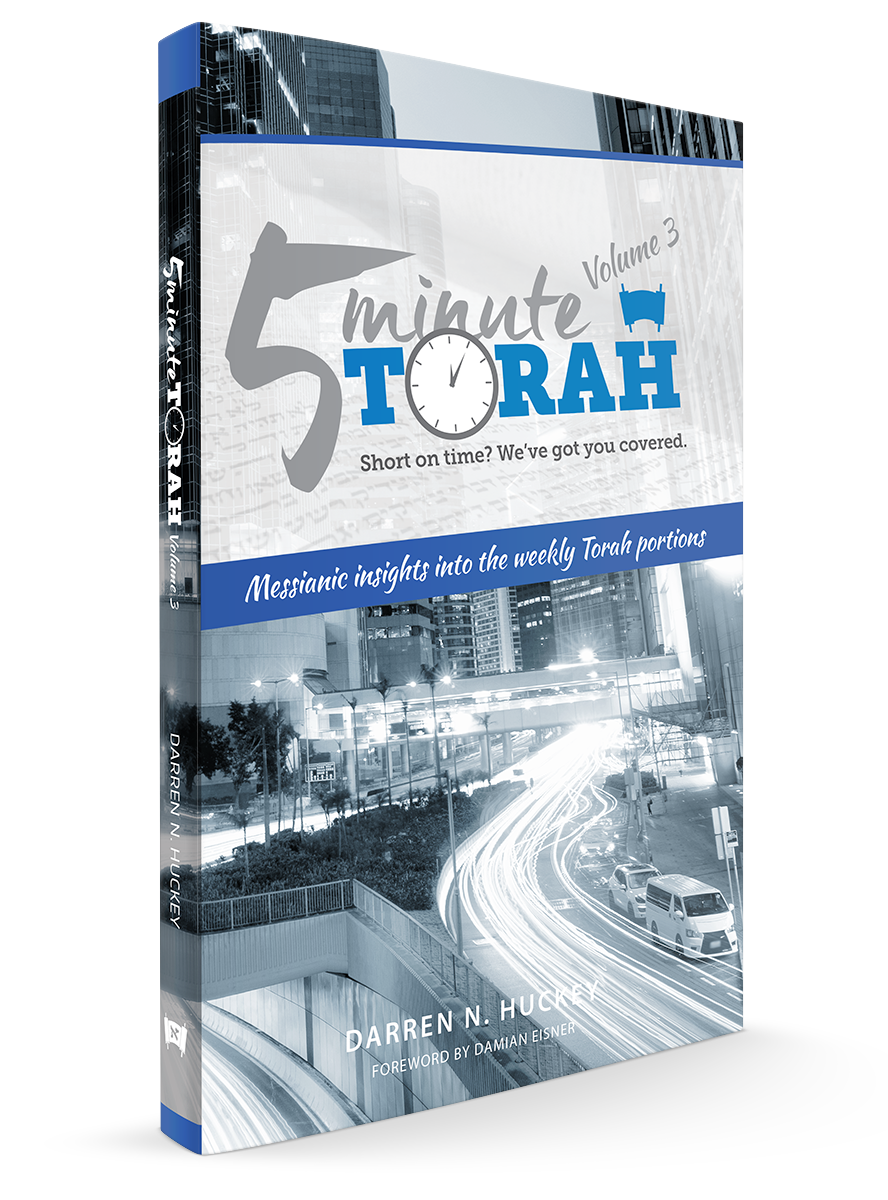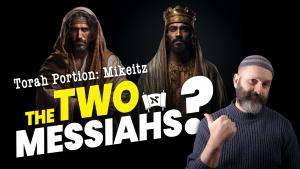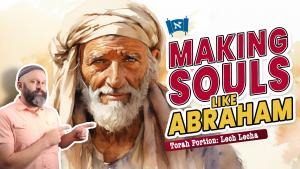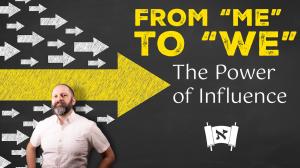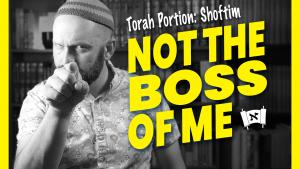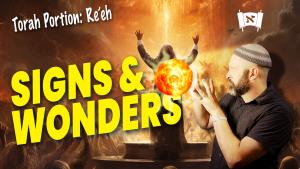Your Rules or Mine?
For the last few Torah portions we have been reading and learning about the construction of the Tabernacle and everything that needed to be done for it to function properly. Over the last several chapters Hashem has been dictating to Moses the exact instructions for the Tabernacle and its furnishings, as well as the garments for the kohanim (priests). This week’s parashah concludes these instructions. However, immediately upon giving the last instruction regarding who was to be in charge of all of the craftsmanship, Hashem gives the Children of Israel a stern and detailed warning that none of these things were to be done on Shabbat:

